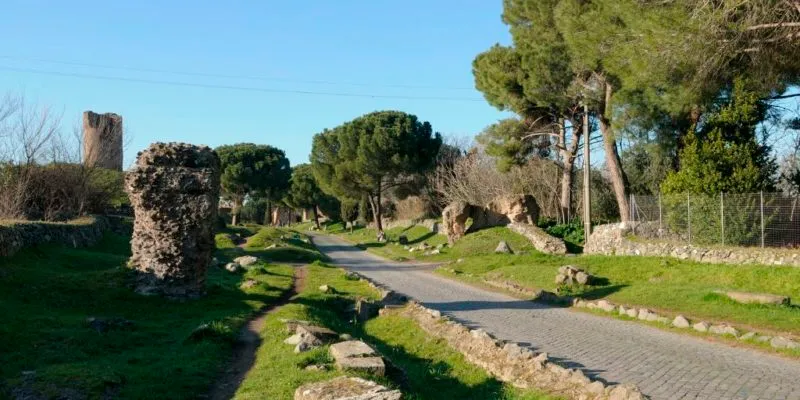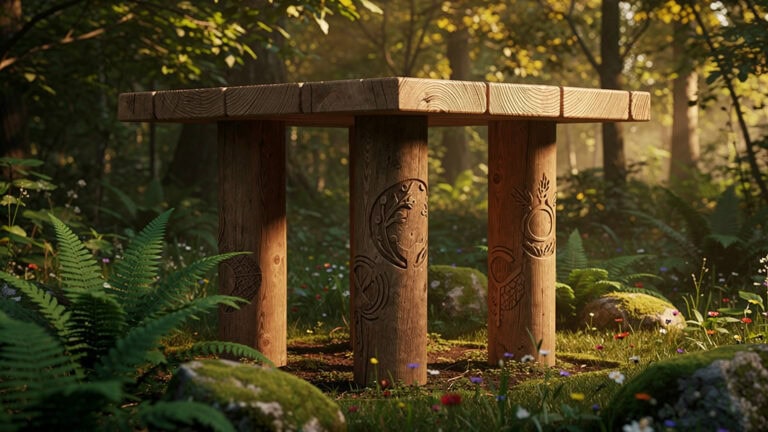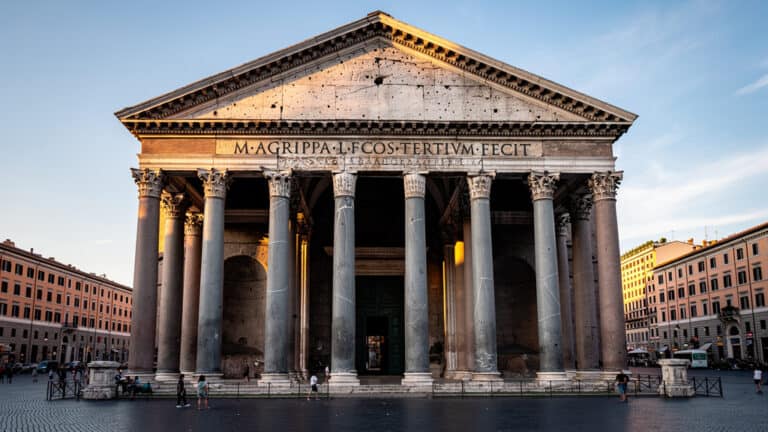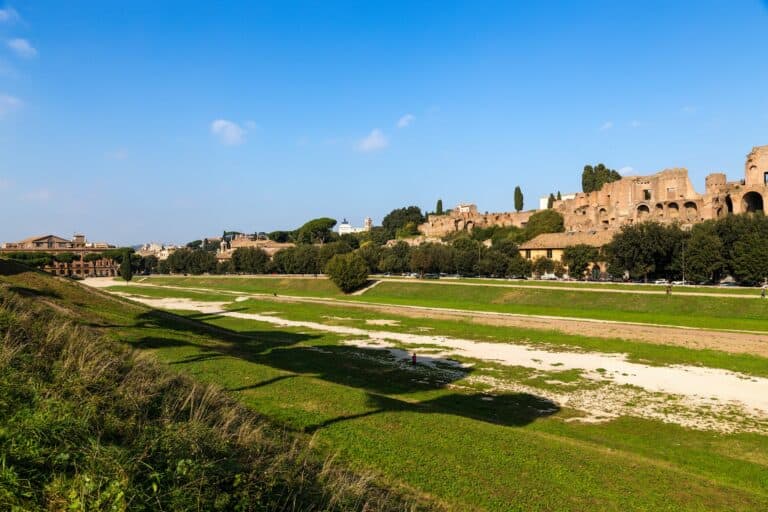Among Rome’s many treasures, the Appian Way (Appia Antica) is a legendary road that offers a true journey through history. Known as the “Queen of Roads,” this ancient pathway is one of the earliest and most important highways of the Roman Empire, connecting Rome to the port city of Brindisi. At ETuktoursrome, we take you along this timeless route to experience the marvels of ancient engineering, historical landmarks, and scenic landscapes that have inspired countless travelers over the centuries.
A Road Built to Last: The History of Appia Antica

The Appian Way was constructed in 312 B.C. under the direction of Appius Claudius Caecus, a Roman statesman known for his forward-thinking vision. Originally built for military purposes, it allowed Rome’s legions to move quickly and efficiently across the empire, making it a critical tool in Rome’s expansion.
Stretching over 500 kilometers (about 310 miles), the Appian Way was laid out using the advanced engineering techniques of the time. Constructed with massive, durable stone slabs, the road was carefully designed to withstand centuries of wear—a testament to the skill of Roman engineers. Today, it remains remarkably well-preserved, making it a unique glimpse into the world of ancient Rome.
Highlights Along the Appian Way
The Appian Way is more than just an ancient road; it’s a path through history lined with monumental sites, tombs, catacombs, and ancient ruins. Here are some highlights you’ll encounter along the route:
- Catacombs of San Callisto and San Sebastiano: Beneath the surface of the Appian Way lies a labyrinth of ancient catacombs, including those of San Callisto and San Sebastiano. These extensive underground burial sites offer an intriguing look at early Christian history and include intricate frescoes and even the tombs of saints and martyrs.
- Mausoleum of Cecilia Metella: This towering, cylindrical tomb was built for Cecilia Metella, a noblewoman from a prominent Roman family. The mausoleum stands as an enduring symbol of Roman power and wealth and is one of the most impressive structures along the Appian Way.
- Villa of the Quintili: This luxurious villa complex once belonged to the powerful Quintili brothers. Its size and beauty were so impressive that Emperor Commodus confiscated it for himself. The ruins today still hint at the grandeur of this villa, with surviving mosaics, baths, and even a race track.
- Ancient Roman Tombs and Monuments: The road is lined with the tombs of wealthy Roman families, soldiers, and statesmen. Each monument tells a story of lives from another era, making the journey a continuous exploration of the people who walked these stones thousands of years ago.
- Roman Aqueducts: The Appian Way is intersected by ancient aqueducts that once carried water into the city from miles away. Seeing these aqueducts stretching across the landscape is a powerful reminder of Rome’s ingenuity and its focus on infrastructure that improved daily life for its citizens.
The Engineering Marvels of the Appian Way
The Appian Way was built to endure. Roman engineers constructed the road using a multi-layered approach: first, they dug deep trenches and filled them with gravel. On top of that, they placed large stones that were precisely cut to fit together, creating a smooth and even surface that was resilient to wear and weather. The result was a durable road that could handle the heavy carts, soldiers, and animals that traveled it daily.
Additionally, the Appian Way was designed with slight curves and inclines, ensuring rainwater would flow off the surface, minimizing damage. Walking or riding along this ancient path today, you can still feel the smoothness of these stones underfoot, a testament to Rome’s remarkable engineering skills.
A Scenic Journey through Time
Today, the Appian Way is a beautiful, tree-lined escape from the city’s hustle and bustle. As you travel along this ancient route with ETuktoursrome, you’ll find yourself surrounded by picturesque landscapes and open fields dotted with ancient ruins. Cypress trees line the road, creating an ambiance that is both peaceful and evocative, giving you the sense of stepping back into a simpler, slower-paced world.
On certain days, the road is closed to traffic, allowing visitors to walk, bike, or even explore on a tuk-tuk in a tranquil setting, just as Romans would have done centuries ago. This makes it an ideal way to experience Rome’s countryside and gain a deeper understanding of the daily lives of ancient Romans.
Why Visit the Appian Way with ETuktoursrome?
At ETuktoursrome, we want to bring history to life for our guests. With our knowledgeable guides, you’ll uncover fascinating stories behind each monument and landmark, learning how the Appian Way connected people, cultures, and ideas across the Roman Empire. We’ll transport you through time, offering insights into the significance of this remarkable road and the role it played in shaping Roman society.
Our guided tours offer a unique experience, filled with fascinating historical anecdotes and exclusive access to hidden spots along the route that few visitors get to see. You’ll also have plenty of opportunities to capture beautiful photos and immerse yourself in the quiet charm of Rome’s ancient countryside.
Fun Facts About the Appian Way
- Known as the “Regina Viarum” (Queen of Roads): The Appian Way was the first major Roman road and was considered the most important due to its strategic significance.
- Site of Historical Battles: Spartacus, the famous gladiator, led a rebellion against Rome that ended along the Appian Way. After his defeat, 6,000 of his followers were crucified along the road as a grim warning.
- Christian Pilgrimage Route: The Appian Way became a popular route for Christian pilgrims due to the many catacombs and holy sites along the road.
- Popes’ Contributions to Preservation: In the Renaissance, Popes began efforts to preserve the Appian Way, recognizing its historical significance.
- Rome’s Longest-Running Road: The Appian Way remained in use well into the Middle Ages and beyond, marking it as one of the longest continuously used roads in history.
Join Us for an Ancient Adventure on the Appian Way!
Ready to discover the wonders of the Appian Way? With ETuktoursrome, we invite you to walk (or ride!) in the footsteps of emperors, soldiers, and pilgrims who journeyed along this historic path. From the fascinating ruins and monuments to the quiet beauty of the countryside, this tour is one of the most immersive ways to experience Rome’s history. Let us guide you on this unforgettable adventure, where you’ll learn, explore, and marvel at one of ancient Rome’s greatest legacies.
Book your tour with ETuktoursrome today and let’s make history come alive on the Appian Way!








